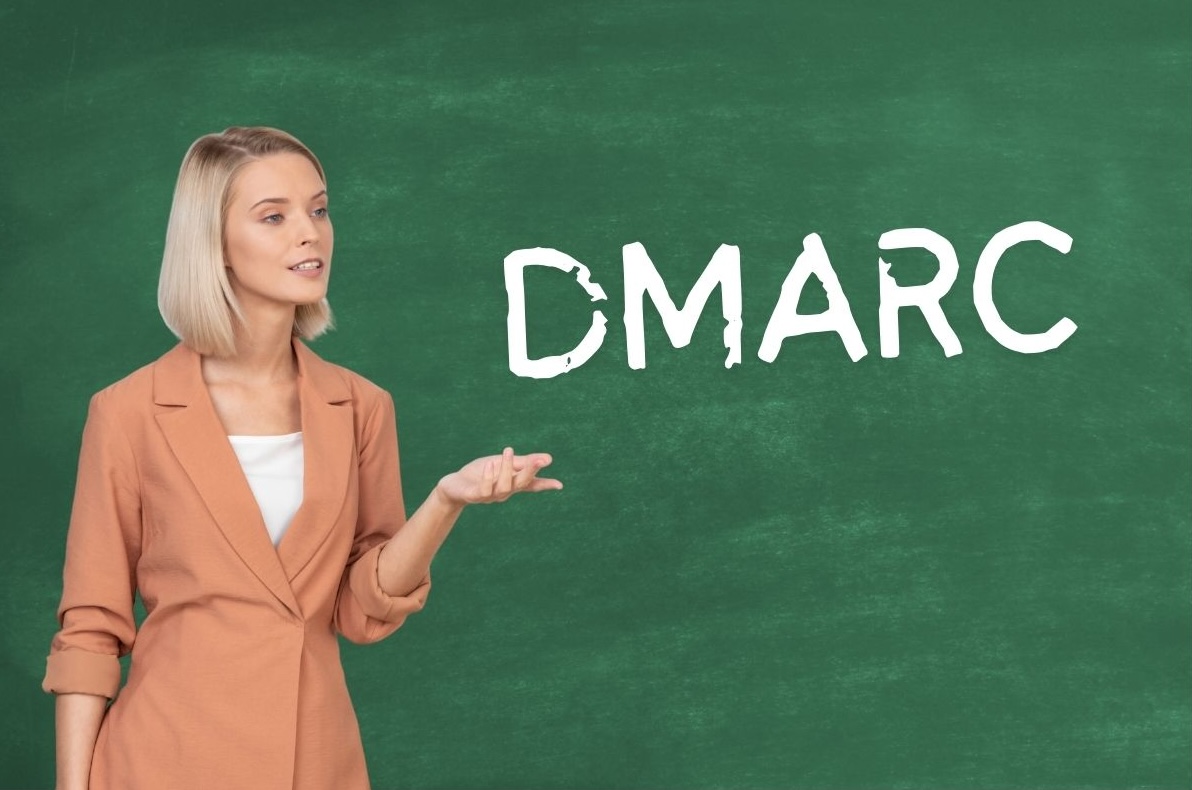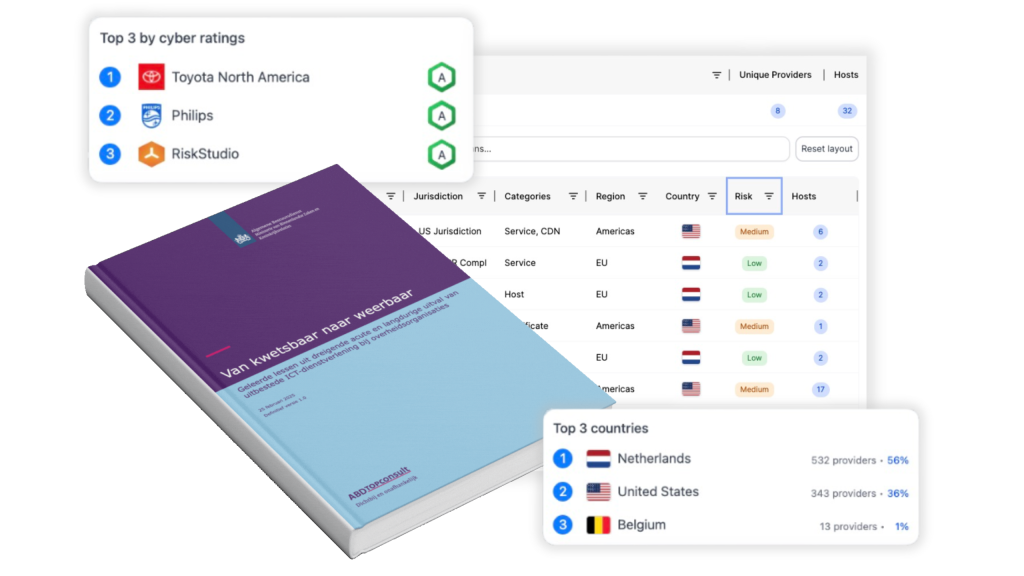DMARC (Domain-based Message Authentication, Reporting & Conformance) is an email security protocol that helps protect organizations from phishing and spoofing. It builds on SPF and DKIM and tells receiving servers how to handle messages that fail authentication. DMARC also provides reporting so domain owners can monitor abuse of their domain.
How does DMARC work?
DMARC is published as a DNS record and instructs receiving mail servers to:
- Verify whether incoming emails pass SPF and/or DKIM;
- Check if the domain used in the visible “From” address aligns with the domain used in these checks.
Based on the result, the receiving server follows the policy defined in the DMARC record:
none: Do nothing, only report.quarantine: Mark suspicious messages as spam.reject: Block the message entirely.
In addition, DMARC generates regular reports to the domain owner, showing who is sending email on behalf of their domain — both legitimate and fraudulent.
Why is DMARC important?
DMARC gives organizations control over how their email domains are used. Without DMARC, anyone can spoof your domain and send phishing emails that appear legitimate. By implementing DMARC, you actively prevent this abuse.
It’s essential for protecting brand trust, reducing phishing risk, and safeguarding sensitive data. Any organization sending email to clients, partners, or suppliers should have DMARC in place.
DMARC and RiskStudio
With RiskStudio, you gain instant insight into the email security posture of your suppliers. Our platform automatically checks if domains are using valid DMARC records and what policy they enforce. Instantly identify weak links in your supply chain and receive alerts when DMARC is missing or misconfigured. This way, you stop phishing at the source and strengthen digital resilience across your entire supplier network.






